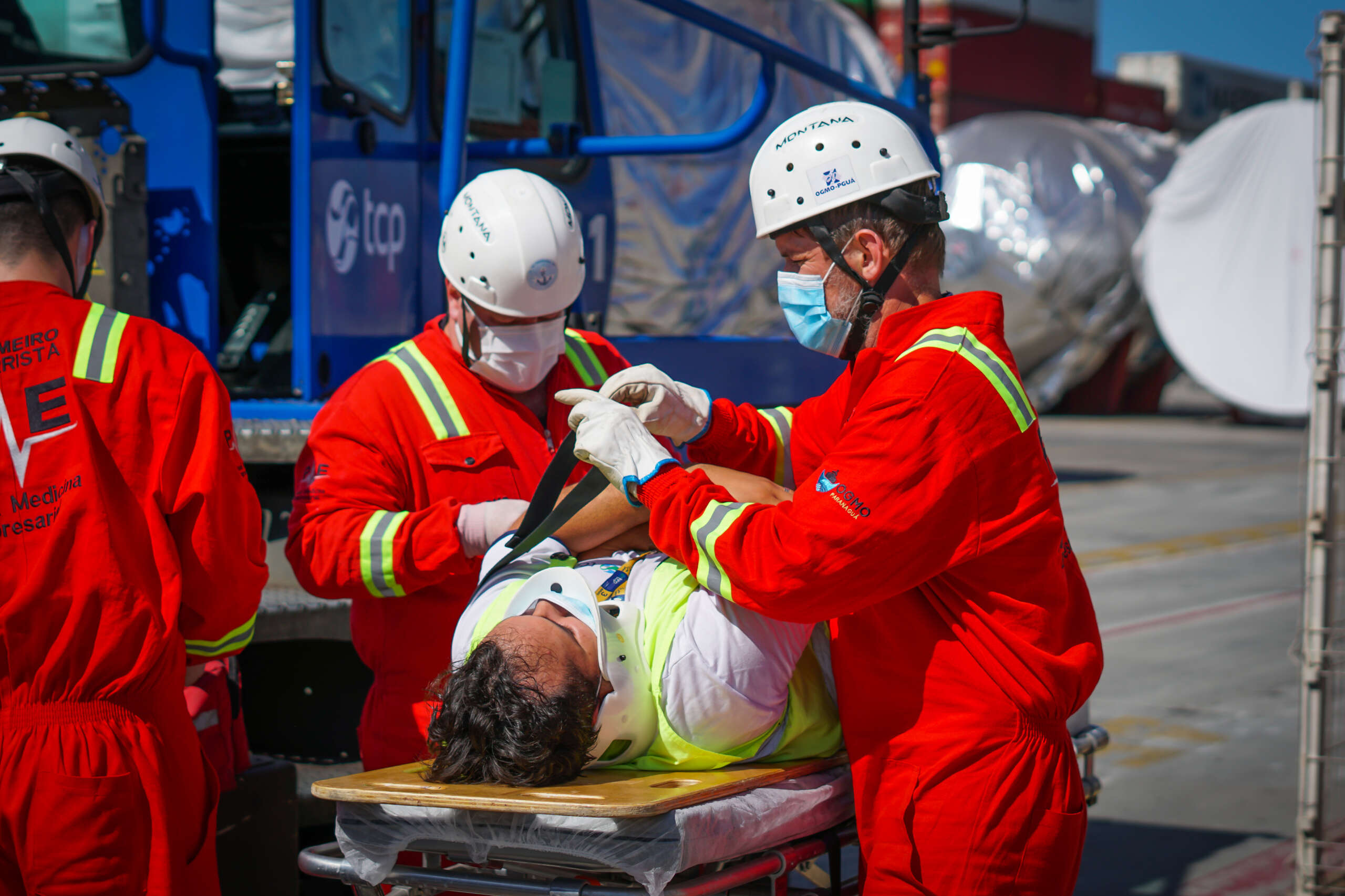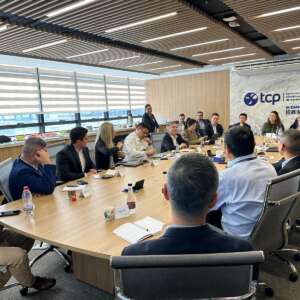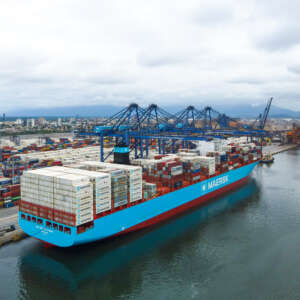The terminal’s contingency plan gathers protection systems, team training and simulations.
Holder of the title of largest frozen chicken meat export corridor in the world, the company that manages the Paranaguá Container Terminal (TCP) completed 25 years of operations breaking productivity records year after year. To get an idea of the terminal’s operations, in 2022 alone more than 1.1 million TEUs (unit equivalent to a 20-foot container) were handled at TCP.
All this volume of cargo requires the construction of an Internal Emergency Plan to act in case of accidents with hazardous cargo or with eventual incidents that may occur in the terminal. For that, TCP counts on the support of the fire department, which plays a key role, acting together with TCP’s safety teams and firefighters in the immediate response to deal with risk situations.
The corporation also takes part in emergency simulations with the terminal’s team. “The simulated events are an excellent opportunity to evaluate the performance of our team of specialists and our safety resources,” explains Kayo Zaiats, TCP’s manager of health, work safety and environment.
An area of the Paranaguá Container Terminal that requires a lot of attention is the one destined to hazardous cargo, known as IMO cargo. They are stored in a dedicated area of 7,056m², of which 600m² are exclusive for the storage of flammable liquids. This area has a fire reserve of 200 thousand liters of water at its disposal, as well as mobile monitors for cooling burning products, and a system with foam to combat combustible liquids.
Check out the full story in the Firefighters Magazine by clicking here.



